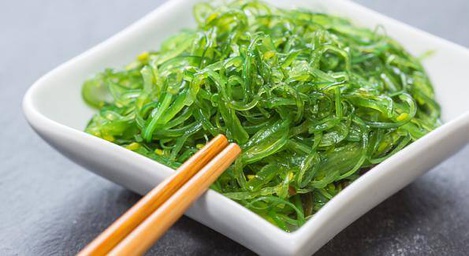Many people today suffer from thyroid-related disorders. Is it the disease of the century? Environmental disorder? Whatever the case, this disease affects more and more people and mainly women. This gland, which is absolutely essential, is responsible for the production of thyroid hormones which participate in the major vital functions of our body. In the absence of these hormones, the body could no longer produce energy and an organic disturbance would be noticed.
Thyroid hormones are triothyronine, more commonly known as T3, and thyroxine, known as T4. These hormones are produced by the thyroid gland which cannot do without iodine.
When there is hormonal failure, disease sets in.

- Hyperthyroidism which is characterized by too much hormone production. Clinical signs include weight loss despite unchanged food intake, bone demineralization, hot flashes, tachycardia or arrhythmia, brittle hair, soft nails, etc. Each case is unique and the symptoms vary from one person to another.
- Hypothyroidism, on the other hand, is characterized by a deficiency in thyroid hormone. This induces a slowing of the metabolism with a characteristic lack of energy, mood and sleep disorders, headaches, unexplained weight gain despite attempts to lose weight, libido disorders or even a disturbance of the menstrual cycle in women.
In either case, the hormonal imbalance must be restored to allow the person to live normally again. But also to survive in some cases.
The thyroid gland absolutely needs iodine to produce its hormones. Therefore, when we suffer from hypothyroidism, an iodine intake seems to be essential. Since our body does not store it, we need a daily intake of more or less 150µg (RDA) through our diet.
D
Where is iodine found naturally?
Seafood products are essentially put forward when you want to increase your iodine intake: shellfish, sea fish (sardines, cod,) and seaweed. Don't forget cod liver oil which is rich in iodine, not very good I admit.
By consuming an average of 10 grams of seaweed per day, you provide your body with almost 500% of the daily requirement. Unfortunately, seaweed is not the most popular food in our traditional diet.
However, including them in our daily diet should become a reflex. It's very simple: just sprinkle your salads with 5 grams of good quality, organically grown seaweed, and your body will be naturally nourished with iodine. Moreover, seaweed being very salty, you will not need to add salt to your dishes. Laminaria and kelp are the most prized seaweeds and the most rich in iodine.
You can also prepare a seaweed tartar which is divinely good as a spread or as a side dish. The recipes are easily found on the internet and moreover, it is very quickly done and ... especially, it is delicious.

Less rich in iodine but just as interesting, certain foods can support you such as milk, iodized sea salt, spinach, watercress, onions, turnips, radishes, green leafy vegetables or even citrus fruits, kiwi and brazil nuts. Don't deprive yourself of these natural wonders.
If your diet is not sufficient to stabilize your needs, a supplementation of this trace element is quite possible for a balanced organic contribution.
Also be careful not to go to extremes and that an overload of iodine can also cause a disorder. Knowing how to consume consciously and with the right balance seems very interesting in the objective of a harmonious health.



